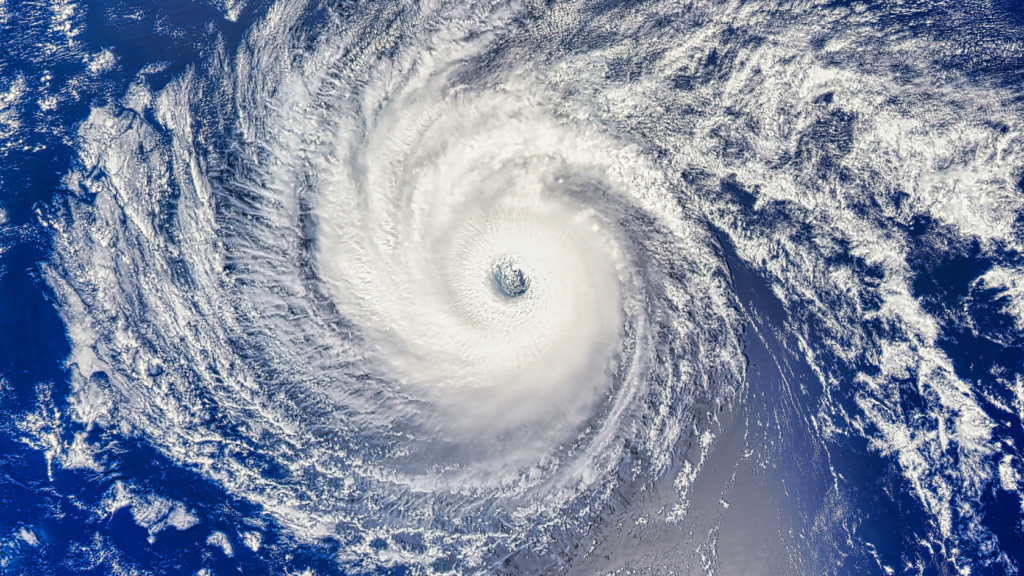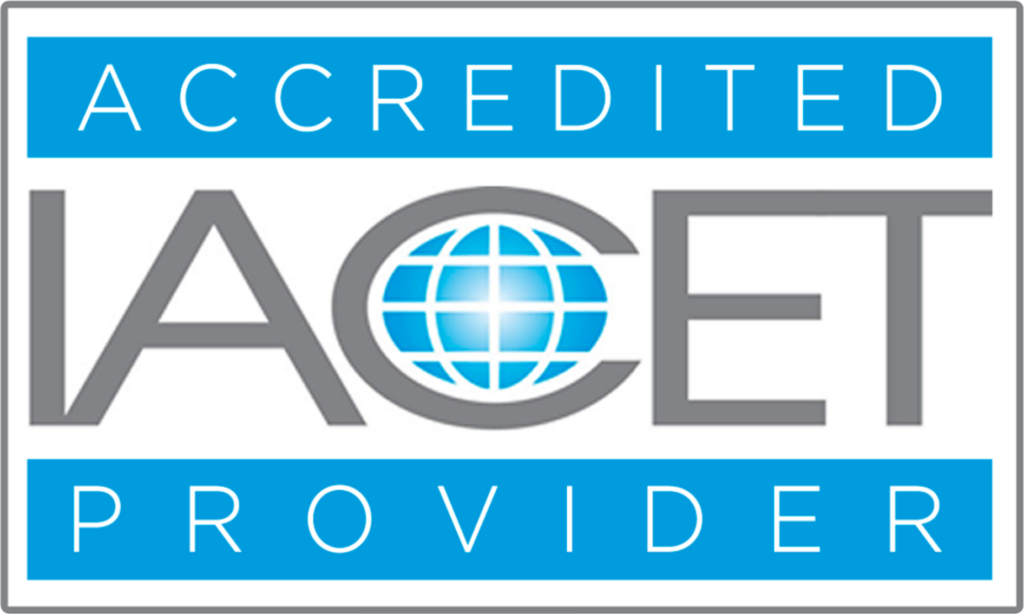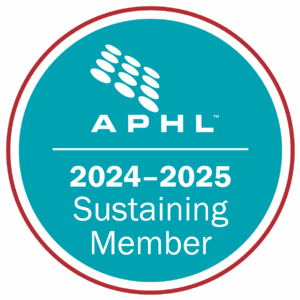
Preparing Your BSL-3 Lab for Hurricane Season: Essential Steps for Safety and Continuity
September 25, 2024
As hurricane season approaches, the need for robust preparedness in high-containment laboratories, particularly BSL-3 labs, becomes critical. These labs handle dangerous pathogens that require stringent safety measures, making them especially vulnerable during severe weather events like hurricanes. Ensuring the safety and continuity of operations in these labs is paramount to protect both the research being conducted and the surrounding environment. Here’s a guide to help you prepare your BSL-3 lab for hurricanes and other storms.
1. Develop and Regularly Review the Comprehensive Emergency Plan
The first step in preparing your BSL-3 lab for hurricane season is to review your current plan or establish a detailed emergency plan. This plan should outline the procedures for securing the lab before a storm, as well as the steps to take during and after the event. It’s crucial to review and update the emergency plan regularly, ensuring that any changes are communicated to all personnel. Key elements of the plan should include:
- Risk Assessment: Identify potential risks specific to your lab’s location and operations. This includes evaluating the lab’s structural integrity, utilities, fuel supply and access to essential emergency services.
- Emergency Contacts: Maintain an updated list of key personnel, including lab managers, safety officers, and local emergency services. Ensure that all staff members are aware of the contact procedures.
- Evacuation Procedures: Clearly outline evacuation routes and procedures, ensuring that all personnel are trained and familiar with them. Their safety as well as their families is paramount. Onsite personnel need a family evacuation plan.
2. Safeguard Critical Research and Equipment
Hurricanes and storms can cause significant damage to laboratory equipment and disrupt ongoing research. To minimize the impact, it’s essential to safeguard critical research materials and equipment:
- Backup Data: Regularly back up all important data and research findings. Store backups in a secure, off-site location or use cloud-based storage solutions that are accessible from remote locations.
- Protect Equipment and Research Materials: Secure sensitive equipment and research materials by moving them to safe areas within the lab, away from windows and potential water damage. Use waterproof coverings and store materials in sealed containers.
- Refrigeration and Power Backup: Ensure that freezers, refrigerators, and other essential equipment have backup power sources. Verify that the critical systems maintain power in the event of a power outage.
3. Ensure Structural Integrity and Facility Safety
The physical safety of your BSL-3 lab or ABSL-3 lab is a top priority during hurricane season. Conducting a thorough inspection of the facility can help identify potential vulnerabilities:
- Inspect Building Structure: Check the building’s roof, windows, overhead storm drainage piping and doors for any signs of wear or damage that could be exacerbated by high winds or heavy rain. Reinforce these areas as needed.
- Secure Hazardous Materials: Ensure that all hazardous materials are properly stored and secured. This includes double-checking that all containment procedures are followed, and that chemical storage areas are reinforced against potential leaks or spills.
- Test Emergency Systems: Regularly test all emergency systems, including fire alarms, ventilation, differential pressure alarm and emergency power to include local Uninterrupted Power Supply (UPS). Station flashlights throughout the laboratory and support spaces. Make sure these systems are fully operational, and that staff knows how to use them in an emergency.
4. Plan for Post-Storm Recovery
Preparation doesn’t end when the storm passes. Having a post-storm recovery plan in place is crucial for resuming operations quickly and safely:
- Damage Assessment: As soon as it is safe to do so, conduct a thorough assessment of the lab to identify any damage or safety hazards. This should include structural checks as well as an inventory of equipment and materials. Structural issues could affect containment. Check differential pressures to ensure HVAC equipment has not been damaged. Take photographs for the facilities department of the wet sections of drywall, as mold remediation will likely be necessary.
- Decontamination Protocols: If any containment breaches occur, have decontamination protocols ready to address spills, leaks, or other contamination issues. This may involve specialized cleaning teams or additional safety measures to ensure the lab is safe for re-entry.
- Communication: Keep open lines of communication with all personnel and relevant authorities throughout the recovery process. Ensure that everyone is informed about the status of the lab and any steps needed to restore normal operations.
5. Review and Update Protocols Regularly
Finally, it’s essential to regularly review and update your emergency preparedness protocols to reflect any changes in the lab’s operations or physical layout. Hurricane season can be unpredictable, and having an up-to-date plan ensures that your lab is always ready to respond effectively.
6. Evacuation
Establish in advance the scenarios that would require laboratory evacuation. Maintaining constant communication with facilities and executive management during the devolution of the facility is crucial for determining when evacuation is necessary.
Conclusion
Preparing your BSL-3 lab for hurricanes and other severe storms is not just about protecting equipment and data—it’s about ensuring the safety of your personnel and the integrity of your research. By developing a comprehensive emergency plan, safeguarding critical assets, ensuring the structural integrity of your facility, and planning for post-storm recovery, you can mitigate the risks associated with severe weather events. World BioHazTec is here to support your lab with expert advice and services, ensuring that your high-containment laboratory remains safe and operational, even during the most challenging conditions. Schedule a free 30-minute consultation or send us an email. Our services to support you include:
- Risk assessment
- Lab inspection
- Certification including testing emergency backup power
- Emergency response training and drills
- Writing and/or reviewing emergency response plans







